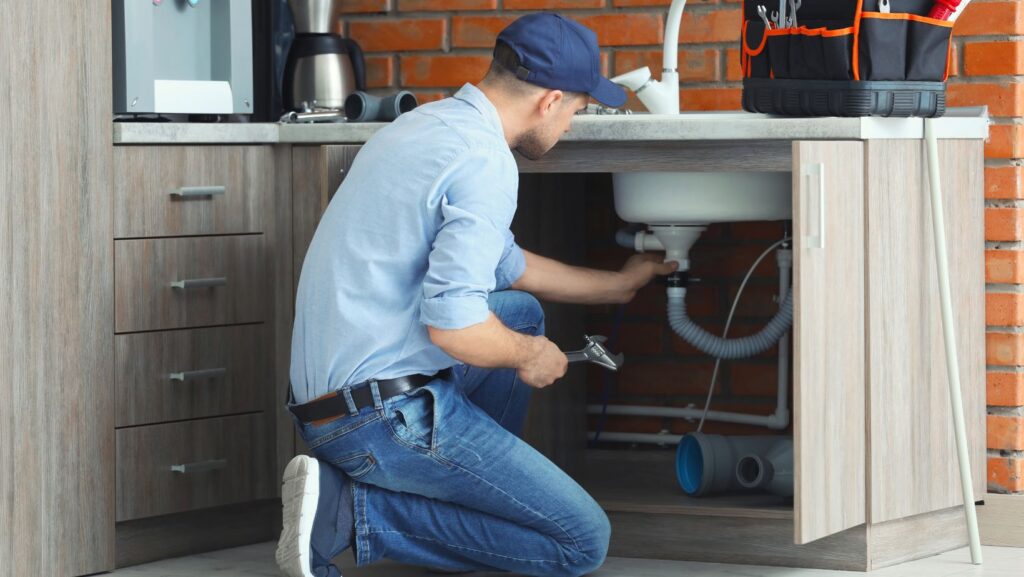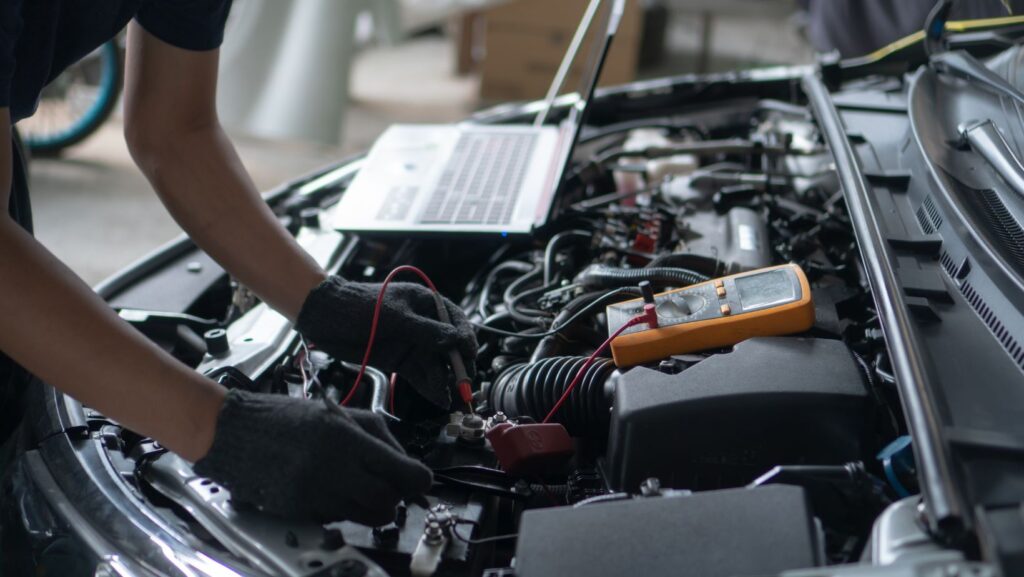 Maintaining furniture isn’t just about keeping it clean; it’s about extending its life and preserving its beauty. Whether it’s a cherished leather sofa or an antique wooden table, each piece requires specific care to combat wear and tear. Fortunately, there are simple hacks that can make furniture maintenance both effective and effortless. From natural cleaning solutions to easy scratch repair tips, these hacks ensure that one’s furniture looks as good as new without the need for expensive treatments or professional services. They’ll discover how to tackle stains, prevent damage, and enhance the durability of their furniture with tools and ingredients already found in most homes. This article will guide them through the good practices and clever tricks to keep their furniture in pristine condition, saving them time and money in the long run.
Maintaining furniture isn’t just about keeping it clean; it’s about extending its life and preserving its beauty. Whether it’s a cherished leather sofa or an antique wooden table, each piece requires specific care to combat wear and tear. Fortunately, there are simple hacks that can make furniture maintenance both effective and effortless. From natural cleaning solutions to easy scratch repair tips, these hacks ensure that one’s furniture looks as good as new without the need for expensive treatments or professional services. They’ll discover how to tackle stains, prevent damage, and enhance the durability of their furniture with tools and ingredients already found in most homes. This article will guide them through the good practices and clever tricks to keep their furniture in pristine condition, saving them time and money in the long run.
Furniture Maintenance Hacks
Maintaining furniture effectively involves recognizing the variety of materials and addressing common issues that can degrade their quality and appearance. Here, one finds essential insights into the major types of furniture materials and common problems they encounter.
Types of Furniture Materials
 Several key materials form the bulk of household furniture: wood, metal, leather, and upholstery fabrics, like cotton and synthetics. Wood, valued for its durability and aesthetics, dominates traditional and modern designs. Metal stands out in contemporary settings for its robustness and minimal care needs. Leather, a premium choice for luxury, requires regular conditioning to prevent cracks and dryness. Upholstery, diverse in type, demands specific care methods depending on whether natural fibers or synthetics are used.
Several key materials form the bulk of household furniture: wood, metal, leather, and upholstery fabrics, like cotton and synthetics. Wood, valued for its durability and aesthetics, dominates traditional and modern designs. Metal stands out in contemporary settings for its robustness and minimal care needs. Leather, a premium choice for luxury, requires regular conditioning to prevent cracks and dryness. Upholstery, diverse in type, demands specific care methods depending on whether natural fibers or synthetics are used.
Common Furniture Problems
Various issues can affect furniture longevity and attractiveness. Scratches and dents are frequent concerns for wood furnishings, resulting from everyday use or accidental impacts. Metal pieces might face oxidation or rust, especially when exposed to moisture. Leather furniture often suffers from fading, stains, or wear if not properly conditioned and cleaned. Lastly, upholstered items are prone to fabric tears, discoloration, and staining, challenges that necessitate prompt and careful cleaning techniques.
Essential Tools for Furniture Maintenance
Maintaining furniture requires specialized tools to ensure its longevity and preserve its beauty. The right tools can make common maintenance tasks simpler and more effective.
Cleaning Supplies
Effective furniture maintenance depends heavily on using appropriate cleaning supplies. For various materials like wood, leather, or fabrics, selecting the right cleaner enhances effectiveness while preventing damage. Microfiber cloths capture dust without scratching surfaces, while gentle cleansers like mild dish soap work well for most materials. Specialty cleaners for leather and wood, such as saddle soap and wood polish, are essential for addressing material-specific needs. Investing in these basic cleaning supplies ensures that furniture retains its appearance and durability.
Repair Tools
 Proper repair tools are vital for effectively addressing common furniture issues, such as scratches or loose components. A basic repair kit for furniture should include wood markers to conceal scratches, strong adhesive for loose joints, and sandpaper for smoothing rough edges. Screwdrivers and a set of Allen wrenches are indispensable for tightening fixtures and assembly. For more detailed work on materials like leather, a leather repair kit containing patches and adhesives could prove essential. Equipping oneself with these tools allows for quick fixes, ensuring the furniture remains functional and visually appealing. Maintaining furniture requires understanding specific materials and using effective hacks. This section explores practical tips to help retain your furniture’s aesthetic and functionality over time, focusing on easy maintenance techniques and preventive strategies.
Proper repair tools are vital for effectively addressing common furniture issues, such as scratches or loose components. A basic repair kit for furniture should include wood markers to conceal scratches, strong adhesive for loose joints, and sandpaper for smoothing rough edges. Screwdrivers and a set of Allen wrenches are indispensable for tightening fixtures and assembly. For more detailed work on materials like leather, a leather repair kit containing patches and adhesives could prove essential. Equipping oneself with these tools allows for quick fixes, ensuring the furniture remains functional and visually appealing. Maintaining furniture requires understanding specific materials and using effective hacks. This section explores practical tips to help retain your furniture’s aesthetic and functionality over time, focusing on easy maintenance techniques and preventive strategies.
DIY Solutions for Scratches
Efficiently addressing scratches on furniture surfaces in a DIY manner involves several simple but effective solutions. For wood surfaces, walnut rubbing can reduce the visibility of scratches. Simply rub a walnut kernel along the scratch; the oils naturally conceal the blemish, blending it into the surrounding wood. For deeper scratches in varnished wood, using a mixture of olive oil and vinegar applied with a microfiber cloth aids in camouflaging the scratch. This method is particularly useful because it also nourishes the wood, thereby enhancing its resilience and appearance.



